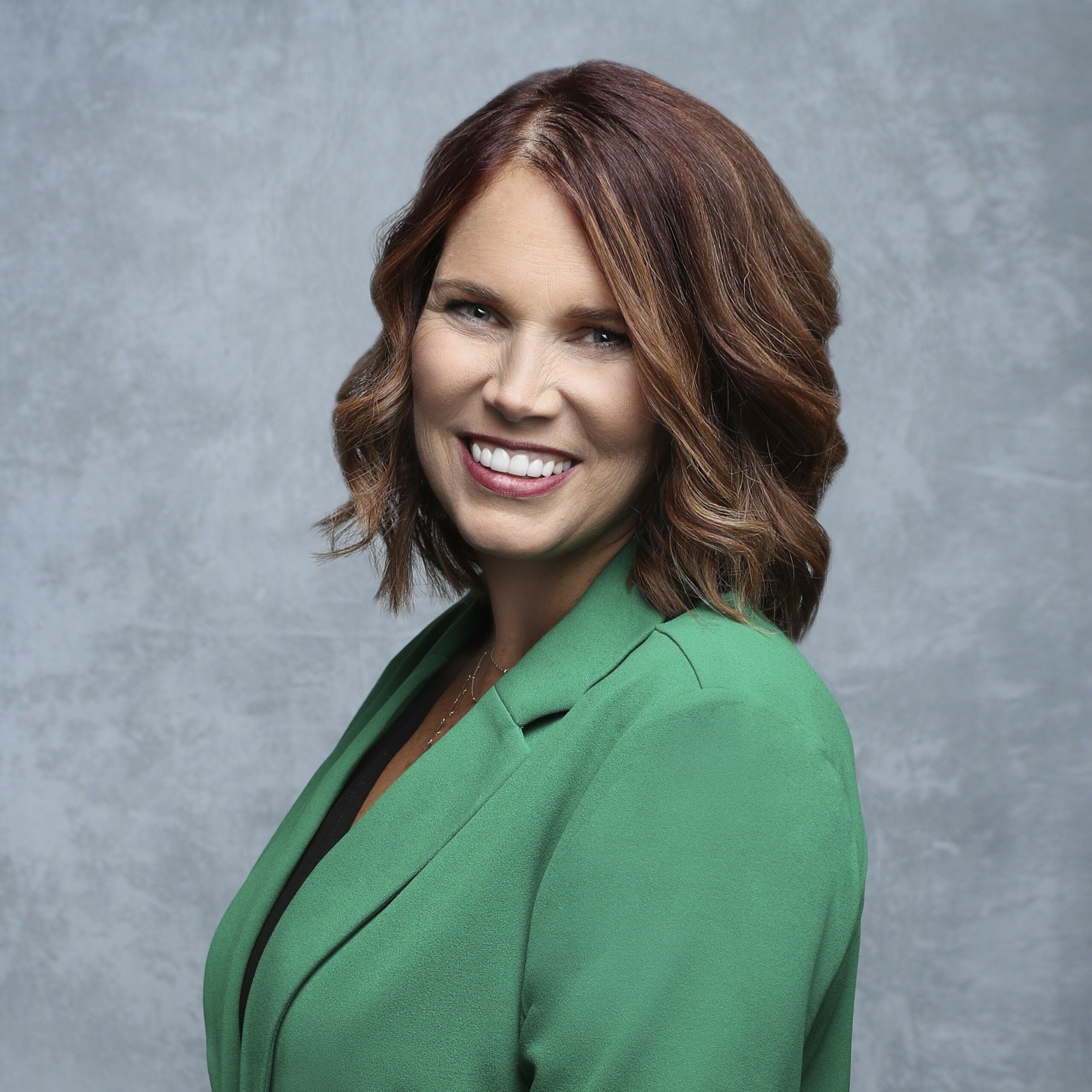5 Ways to Lead the Charge: A Manager’s Transition to Multi-Office Leadership

The journey from Dental Office Manager to Multi-Office Manager or Regional Manager is a significant career leap that requires a unique set of skills, characteristics, and tools. As a Dental Office Manager, you’ve honed your ability to oversee daily operations and manage a team efficiently. Often, we hear of someone who was an amazing Office Manager but faltered as a Regional Manager. As a Regional Manager, the focus shifts toward strategic leadership, analyzing key performance indicators (KPIs), and fostering strong relationships with Office Managers and Doctors. In this article, we’ll explore the essential characteristics and tools needed for a successful transition to multi-office leadership.
Analyzing KPIs and Formulating Action Plans
Regional Managers play a crucial role in driving the success of multiple dental offices. Understanding and analyzing KPIs is vital for identifying areas of opportunity and formulating effective action plans. Dental analytics platforms readily provide practice data, but you can also manually gather data from your practice management software. There are several metrics to track in a dental practice, and some of the key metrics that I like to analyze include patient growth and attrition (Are we losing more patients than we are gaining every month? If so, why?), chair utilization (Are we utilizing the space we have during the hours the office is open?), unscheduled active patients (How many patients that were seen within the last eighteen months are unscheduled?), treatment presented (How much treatment is presented per week?), case acceptance (Are patients saying yes to treatment?), and the revenue cycle (How long does it
take to get paid for services?). Utilizing data-driven insights allows Regional Managers to make informed decisions, allocate resources efficiently, and implement targeted improvements. KPIs provide the hard facts of the practice. KPIs don’t consider excuses or past experiences of team members or patients. Creating goals from KPIs is measurable and creates accountability. Dental offices aren’t one size fits all and require customized strategies that highlight and support the goals of each team.
Leadership and Relationship Building
Successful Regional Managers excel in building strong relationships with Office Managers and Doctors. Effective and consistent communication and interpersonal skills are paramount in this role. Regional Managers should embody the company’s core values and set the tone of the culture of the organization. They should create an environment of trust and collaboration, fostering open lines of communication. This can be accomplished through weekly meetings, office visits, or scheduled calls with the Office Manager. The Regional Manager works with the Office Manager and Doctor to help create synergy and collaboration between the two roles. By understanding the unique challenges and strengths of each team, a Regional Manager can provide tailored support and guidance to drive overall success.
Supporting and Leading
The transition from being a hands-on dental Office Manager to a Regional Manager requires a shift from being a “doer” to leading those who do. This involves empowering Office Managers to excel in their roles by providing the necessary support, resources, and guidance. Moreover, part of effective leadership is the ability to support Office Managers even when decisions may not align with your initial perspective. Encouraging an environment where diverse opinions are valued and providing constructive feedback fosters a culture of continuous improvement. When a Regional Manager supports an Office Manager, even in the face of differing opinions, it can lead to positive outcomes, such as increased morale, enhanced problem-solving capabilities, and a stronger sense of collaboration within the team. By embracing this supportive leadership style, Regional Managers can pave the way for a more resilient, adaptable, and high-performing team across multiple dental offices.
Strategic Thinking
Regional Managers need to adopt a strategic mindset, focusing on long-term goals and overarching objectives. This includes developing regional strategies that align with the organization’s mission and vision. Strategic thinking involves anticipating challenges, identifying growth opportunities, and positioning the dental offices for sustained success. An example of an anticipated challenge could be the temporary loss of a team member and how to financially and logistically prepare the office for the loss. An example of a growth opportunity could be identifying procedures the Doctor doesn’t perform and bringing in another provider to perform the additional procedures. An Office Manager works toward a daily and monthly goal, and a Regional Manager looks for trends or challenges that may prohibit the office from reaching goals, as well as opportunities to meet and exceed goals.
Adaptability and Problem-Solving
The dental landscape is dynamic, and Regional Managers must be adaptable to change. This includes staying informed about industry trends, regulatory updates, and technologies. Additionally, the ability to solve complex problems is crucial for addressing challenges that may arise across multiple dental offices. Some problems may not require immediate attention; instead, they prompt awareness for implementing a process to address the problem. However, as a Regional Manager, you will often have to think on your feet and make quick decisions to problem solve. An effective Regional Manager remains proactive and resilient in the face of adversity.
To conclude, transitioning from a Dental Office Manager to a Regional Manager is a challenging but rewarding journey. By understanding the expectations and requirements of a Regional Manager, individuals can thrive in this new role. The role shift is a transformative experience that brings about growth and impact not only for the Regional Manager but also for the dental offices under their guidance. With the right characteristics and tools, you can navigate this transition successfully and contribute significantly to the success of the entire dental organization while leaving the ladder down for others to come up behind them.
About the Author

Brandi Williams, FAADOM
Brandi Williams, FAADOM, is the president of the Oklahoma Society of Dental Professionals, an AADOM-approved DPLN, and a proud member of Women in DSO. She serves as VP of Growth at Catalyst Dental Allies. With 29 years in dentistry, Brandi excels in steering successful practices and teams. Her adaptability and results-driven approach have consistently exceeded financial and performance goals. Passionate about exceptional patient care, Brandi aims to blend her group practice appreciation with AADOM’s mission, fostering collaboration and synergy.







